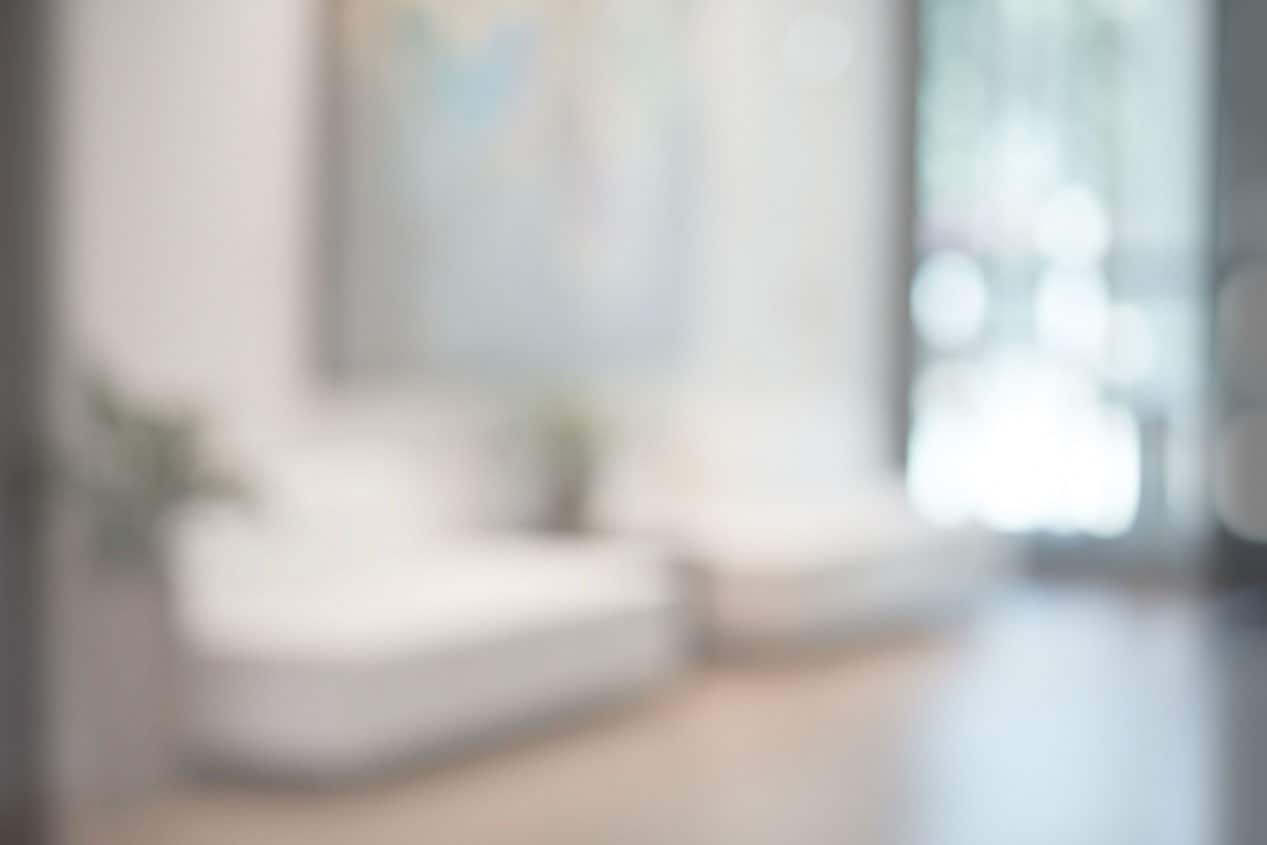
SAS® High-Performance Econometrics
Quickly develop highly accurate analytical models using all available data, not just a subset. With a distributed, in-memory architecture, models can be processed in real time – typically in minutes rather than hours.
Benefits
- Seize new opportunities quickly and confidently, detect unknown risks and make the right choices by estimating models that use thousands of variables to produce more accurate and timely insights.
- Derive insights at breakthrough speeds for high-value and time-sensitive decision making.
- Develop advanced analytical models using the complete data set, and perform more model iterations to get answers to questions you never before had time to ask.
- Test more ideas and run multiple scenarios using all your data with a highly scalable and reliable analytics infrastructure.

Features
- High-performance count regression.
- Estimates regression models where the dependent variable represents counts (e.g., the number of events recorded in some period or for some subject).
- Supports Poisson and negative binomial models.
- Supports zero-inflated Poisson and negative binomial models, and can fit separate regressors for the zero-inflated distribution.
- Estimates parameters by using the maximum likelihood method.
- High-performance qualitative and limited independent variable models.
- Estimates linear, censored and truncated regression models with heteroscedasticity.
- Estimates stochastic frontier production and cost models.
- Contains options for Bayesian estimation.
- High-performance loss distribution/severity models.
- Estimates probability distributions for the severity (magnitude) of random events (including those with negative effects – e.g., the magnitude of damages caused by natural disasters, distributions of losses claimed under insurance policies, or the severity of disease outbreaks – as well as events with positive effects – e.g., the intermittent demand for certain products).
- Estimates regression models for the scale of the severity distribution.
- Provides nine different probability distributions, including the Tweedie distribution, and can automatically select the best-fitting distribution.
- Allows users to add additional probability distributions.
- Can model data truncation and data censoring.



